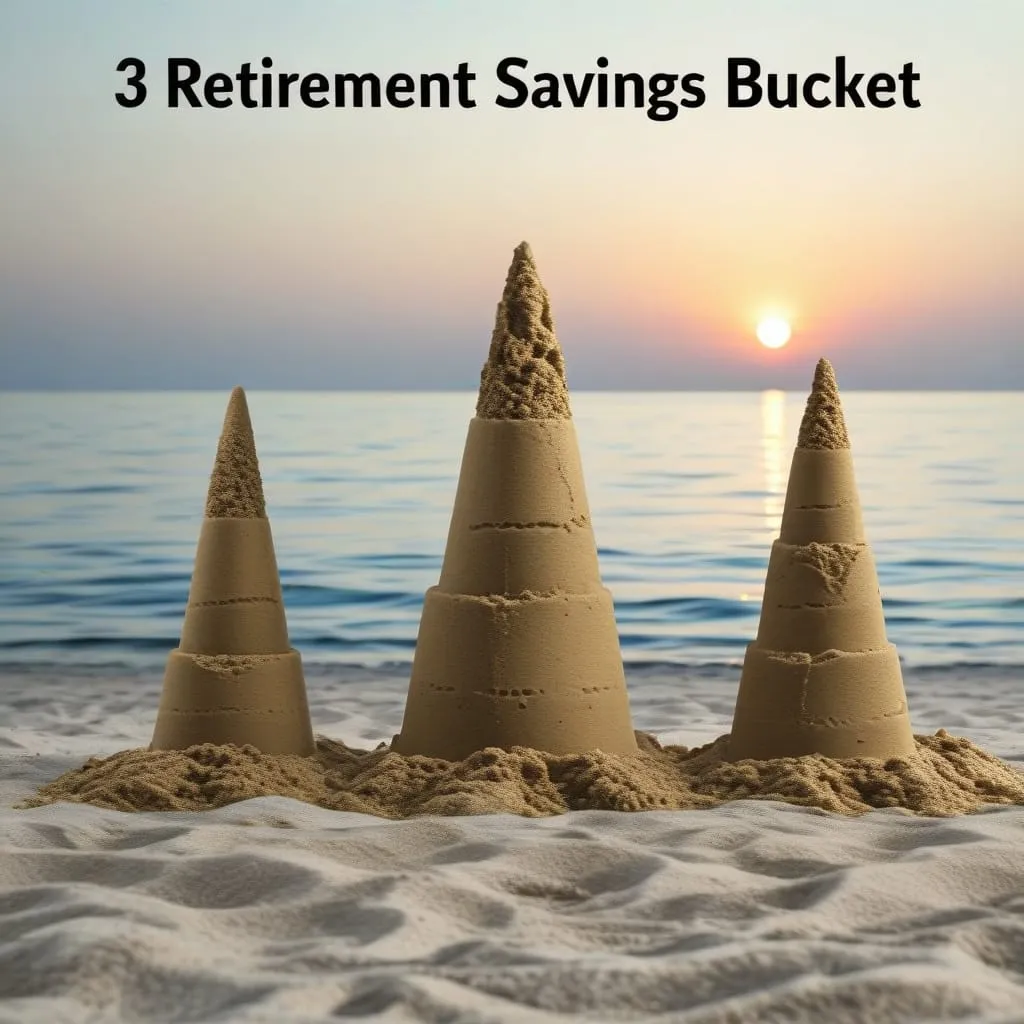As we stand at the crossroads of economic growth and environmental sustainability, the concept of sustainable investing has become more than just a trend; it’s a necessity. For those of us who want our financial portfolios to reflect our values and contribute to a better future, understanding the various strategies of sustainable investing is crucial. Here’s a journey through seven sustainable investing strategies that can guide you toward long-term growth while making a positive impact on the planet.
The Evolution of Sustainable Investing
Sustainable investing is not a new concept, but it has evolved significantly over the years. What started as socially responsible investing in the 1960s and 1970s, focusing on excluding certain industries from portfolios, has now transformed into a multifaceted approach that integrates environmental, social, and governance (ESG) factors into every aspect of investment decisions.
ESG Integration: The Heart of Sustainable Investing
ESG integration is perhaps the most comprehensive strategy in sustainable investing. It involves incorporating ESG factors into the investment analysis and decision-making process. This approach is not about excluding companies based on ethical concerns but about identifying those that are leaders in managing environmental, social, and governance issues.
“As investors, we have a critical role to play in promoting sustainable development and mitigating climate change,” says a seasoned investor. By integrating ESG factors, you can better manage risks and improve returns. For instance, analyzing a company’s carbon footprint can help you understand its long-term viability and potential for growth.
Impact Investing: Making a Measurable Difference
Impact investing is about generating measurable social or environmental impact alongside financial returns. This strategy is perfect for those who want to see their money directly contribute to positive changes. Imagine investing in a project that provides clean water access to a community or supports affordable housing initiatives. Impact investing makes your money a tool for change.
“Money is only a tool. It will take you wherever you wish, but it will not replace you as the driver,” Henry Ford once said. With impact investing, you are not just a passive investor; you are an active participant in creating a better world.
Thematic Investing: Focusing on Specific Goals
Thematic investing allows you to concentrate your investments in companies or sectors that align with your personal values or specific social or environmental goals. If you are passionate about combating climate change, you might invest in renewable energy projects or companies leading in sustainable agriculture.
This approach is highly personalized and can be very rewarding. For example, if you believe in the importance of gender diversity, you could invest in companies that have strong gender equality policies and practices.
Corporate Engagement: The Power of Active Ownership
Corporate engagement is about using your shareholder rights to influence company practices. This involves voting on ESG-related resolutions, engaging in dialogue with management, and participating in collaborative efforts with other investors to advocate for improved sustainability practices.
“Shareholders have a unique opportunity to influence corporate behavior,” notes an activist investor. By engaging with companies, you can push for transparency, ethical governance, and better labor practices, ultimately making the companies you invest in more sustainable and responsible.
Negative Screening: Avoiding Harmful Industries
Negative screening is the practice of excluding certain industries or companies from your portfolio based on ethical concerns. This strategy helps ensure that your investments are not supporting companies that engage in practices considered unethical or unsustainable.
For instance, if you are concerned about the environmental impact of fossil fuels, you might exclude companies involved in this industry from your portfolio. This approach is straightforward but effective in aligning your investments with your values.
Positive Screening: Seeking Out Responsible Companies
Positive screening is the opposite of negative screening; it involves actively seeking out companies with strong ESG practices. This strategy focuses on including companies that meet certain ESG criteria, ensuring that your portfolio is filled with companies that are making positive contributions to society and the environment.
“Doing well by doing good” is a mantra that resonates with many sustainable investors. By positively screening your investments, you can support companies that are leaders in sustainability and ethical governance.
Green Bonds: Financing the Future
Green bonds are specifically earmarked for climate and environmental projects. Investing in green bonds allows you to support initiatives that reduce carbon emissions, conserve natural resources, and promote sustainable infrastructure.
“Green bonds are a powerful tool for financing sustainable projects,” says a financial analyst. By investing in these bonds, you are directly contributing to projects that have a tangible impact on the environment.
Practical Examples and Actionable Insights
So, how do you put these strategies into practice? Here are a few examples and insights to get you started:
- Analyzing Companies’ Carbon Footprint: Before investing in a company, analyze its carbon footprint. This can give you insights into its environmental impact and long-term sustainability.
- Investing in Renewable Energy Projects: Renewable energy is a booming sector. Investing in solar, wind, or hydroelectric projects can not only generate returns but also contribute to reducing global carbon emissions.
- Engaging with Companies: Use your shareholder rights to engage with companies. This can involve voting on ESG-related resolutions or participating in shareholder meetings to advocate for better sustainability practices.
Aligning Investments with Personal Values
One of the most important aspects of sustainable investing is aligning your investments with your personal values. This means researching sustainable funds and ETFs that reflect your ethical and environmental concerns.
“Your values are the light by which you navigate the world,” as Mahatma Gandhi said. By investing in line with your values, you ensure that your financial decisions are not just about returns but also about the kind of world you want to create.
Monitoring Sustainability Metrics
Monitoring sustainability metrics alongside financial performance is crucial. This involves regularly reviewing ESG reports, sustainability metrics, and the overall impact of your investments.
“How can you measure the success of your investments if you don’t track their impact?” asks a sustainability expert. By monitoring both financial and sustainability metrics, you can ensure that your investments are performing well on both fronts.
Considering Long-Term Trends
Finally, consider long-term environmental and social trends when making your investment decisions. This involves thinking about how climate change, social inequality, and governance issues might affect your investments in the future.
“The best time to plant a tree was 20 years ago. The second-best time is now,” says a Chinese proverb. By considering long-term trends, you can make informed decisions that will benefit both your portfolio and the planet in the years to come.
In conclusion, sustainable investing is not just about avoiding harm; it’s about creating positive change. By integrating ESG factors, engaging with companies, and investing in green bonds, you can build a portfolio that not only generates financial returns but also contributes to a more sustainable future.
So, the question is: Are you ready to make your investments a force for good? The journey to sustainable investing is rewarding, and with the right strategies, you can ensure that your financial decisions align with your values and contribute to a better world for all.






